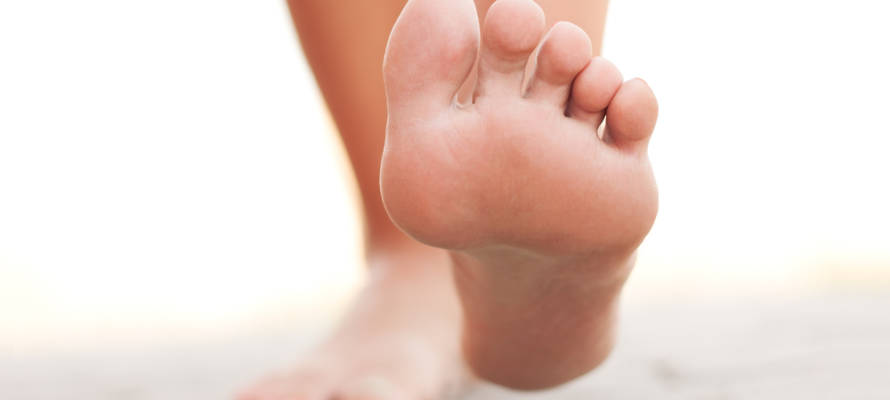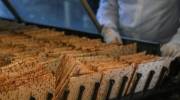Tel Aviv University study shows performing this simple act every day reduces bone spur pain.
By Yakir Benzion, United With Israel
Israeli researchers have discovered a great way to reduce the pain of bone spurs on your feet – go barefoot!
Bone spurs, medically called osteophytes, are little bony lumps that grow on the surface of bones including the feet and spine. For people 60 and older, that especially happens on the heels of their feet and at least 40 percent of the population will eventually need treatment as a result of bone spurs.
The new study from Tel Aviv University has great news for those who suffer from bone spurs – take a 10-minute barefoot walk at home or on a moving track, such as a gym treadmill.
“The study showed that walking barefoot in general, and walking barefoot in particular, helps greatly in relieving pain and allows simple actions such as descending stairs and walking to the store, which could not otherwise be performed,” said Dr. Yosef Mashharawi of the Department of Physiotherapy at Tel Aviv University.
“The focused pressure on the heel decreases and there is a higher reduction in pain,” he explained.
It’s not just older people who suffer from bone spurs in their feet. They also affect people who stand for many hours during the day, athletes or professionals who perform intense exercise, especially on hard surfaces, and also those who are overweight, those with flat feet or those who wear shoes that do not fit properly.
To date, the most readily available solution to spur pain has been foot rest, reduced amount of sports training and local massage in the sore spot, with surgery recommended in 10% of all cases.
The researchers recommend starting with a daily barefoot walk of 10 minutes on average, and gradually increase the number of minutes daily in consultation with a physiotherapist.
During the study, the researchers followed 50 patients who suffered from spinal pain for a long time. The patients were divided into two groups: those who walked barefoot on a treadmill twice a week, first for 10 minutes and later for up to 30 minutes in a row. The others were a control group that walked on the treadmill with shoes on their feet.
After a month of observation the findings indicated that walking barefoot significantly reduced the intensity of heel pain compared to those who wore shoes, leading to greater improvement in the patients’ daily functioning level.
The significant improvement is reflected in improved ability to go up and down the stairs or carry shopping from the store to their home. Some patients even started running short distances.
At the same time, walking barefoot improved their quality of life even in areas that were not directly related to pain and physical function. Among other things, group members who walked barefoot reported feeling more energetic, peaceful and full of energy, less tired and happier.
So check with your physiotherapist, kick off your shoes, and say thank you to Tel Aviv University as you go for a walk!























